There is a hole in the center of Santa Barbara’s cultural identity. Perhaps more specifically, it’s a hole just left of center, where fresh, challenging, and contemporary ideas live and prosper. Just as the glimmerings of normal art world and cultural habits were returning earlier this year, in the promising twilight of the pandemic, the sad news of MCASB’s recent closure hit like the cold slap of harsh reality.
The news shouldn’t have come as a huge surprise, given the financial shakiness of the operation in recent years, compounded by the damage done to cultural institutions by the COVID scourge. And yet the closure seems very personal, in terms of Santa Barbara’s collective art consciousness and institutional memory. The Museum of Contemporary Art Santa Barbara — which spent 3/4 of its life as the Contemporary Arts Forum (CAF) before the name and direction-change in 2013 — bravely fought the fight to keep contemporary art a lively concern in a local art landscape which can drift off into tourist town pleasantries and complacent genres. We needed it to stay engaged in the ever-evolving realm art about now.

News of the museum’s closing ushers in a flood of memories for successive waves of art fans, artists of local and national interest, donors, idle (and sometimes befuddled) gallery hoppers, and others who have passed these now shuttered portals. For me, as one who has reviewed more shows here than any other known human over these past four decades, the memory trail leads all the way back to 1980, a pivotal dream-awakening moment in the institutional saga.
Back then, I sat at the kitchen table of artist and CAF co-conspirator Richard (Dick) Dunlap, working on my first article for the Santa Barbara News & Review (and the first of a long, rambling journalist-critic career to follow). Also at the table was artist and bon vivant Joan Tanner (both Tanner and Dunlap would have one-person shows at CAF in future years) and Betty Klausner. Klausner was the spark plug and dynamo who would lead the formerly itinerant “Forum” into its first official home, on the ground floor of the Balboa Building, also home to the News & Review at the time. A sense of idealistic and auspicious beginnings buzzed around the table, along with a stated mission of filling a void for contemporary art focus in this otherwise cultured town.
Like-minded patrons and art support forces rallied to the cause, and CAF became an important spot on the fine art map between LA and SF. The list of artists hosted there included the celebrated likes of John Baldessari, the Keinholzes, Wayne Thiebaud, and Craig Kauffman. On a more localized, site-specific note, the galleries’ centralized location energized a “gateway to lower State Street” zone, and CAF-related parties could be found drifting across what was then De la Guerra Street to the original Mel’s, dive hangout to the art stars and hangers-on.
Along came the massive Paseo Nuevo project and CAF’s move literally up, over, and upward to its final 3,500-square-foot space upstairs at the Paseo, circa 1990. Starting in 2005, the directorial reins were handed to the dynamic and enterprising Miki Garcia, whose nearly 13-year run at the helm was the longest of the organization’s history. That period also included ventures into performance art and off-the-wall/radar art events organized by Heather Silva.
This art-watcher’s random access memory search of shows in the institution’s space includes local-linked artists Keith Puccinelli, Jane Callister, Ro Snell, and Richard Ross, Nancy Gifford’s epic bibliophile mural “Lament” and “Hope,” ChanSchatz’ proto-computer art display in 2003, and shows with such thought-perking titles as “Things That Turn Your Brain to Mush” (2013) and “assume vivid astro focus: avalanches volcanoes asteroids floods” (2016). The 2018 exhibitions featured such memorable fare as the surf-splashed post-psychedelia of “Barry McGhee: SB Mid-Summer Intensive” and noted painter Cecily Brown’s “Rehearsal.”
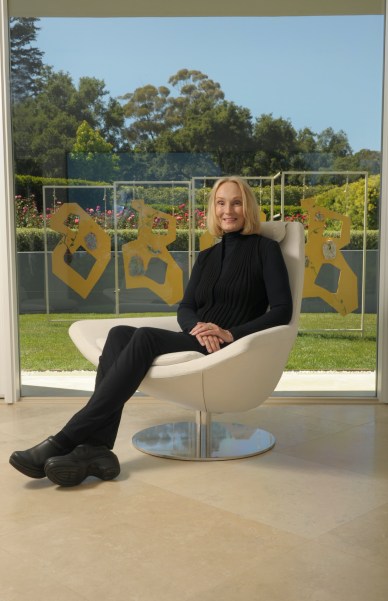
One of the most memorable exhibition adventures in the CAF era ventured outside of gallery walls, into the temporary site-specific domestic locales involved in what became three iterations of the “Home Show.” Originally conceived and organized by Klausner in 1988, sequels unfolded in due time, during the Nancy Doll-directed era in 1996 and Garcia’s model in 2011. One of my salient memories was of conceptual, industry/textile-minded artist Ann Hamilton’s installation on Yankee Farm Road, with eucalyptus leaf-slathered walls and the artist herself lost in the deadpan action of ironing a heaving pile of shirts on a long table.
In her brief stint as director, just pre-COVID lockdown, Abaseh Mirvali boldly presented the US Premiere of German artist-musician Ari Benjamin Meyers’ Kunsthalle fur Musik, for an ensemble of musician/performance artists engaged in a series of musical and conceptual actions, live in the gallery space — and outside of it — during this five-week run. The music-infused gallery setting recalled CAF’s earlier adventures with new and experimental music, by Carl Stone, Phil Niblock, Paul Dresher, and Scott Johnson.
Late last year, I was basking in the peculiar, understated splendors of Rasha Yaghmai’s Drifters, from Alexandra Terry’s short tenure as chief curator. I sensed a genuinely warming feeling of renewal, having escaped the COVID hunker-down and being gratefully back in this inviting, lived-in gallery fueled by ideas made manifest. Thoughts of this landmark’s demise were unthinkable, then.
Art of the now will have to fend for itself in our region. But one clings to hope that contemporary art-loving conspiracies will soon be hatched around well-appointed kitchen tables, or digital facsimiles thereof, in the 805. Art will still win out.
Support the Santa Barbara Independent through a long-term or a single contribution.

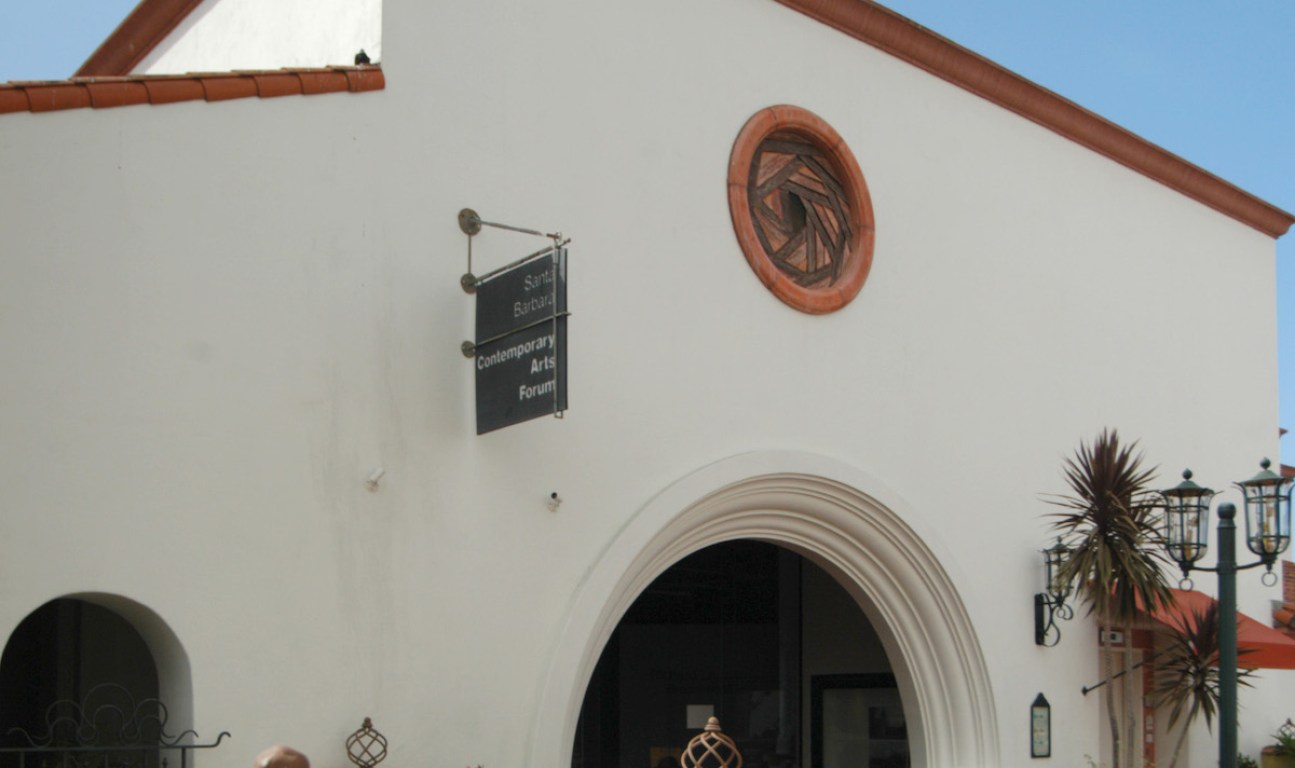
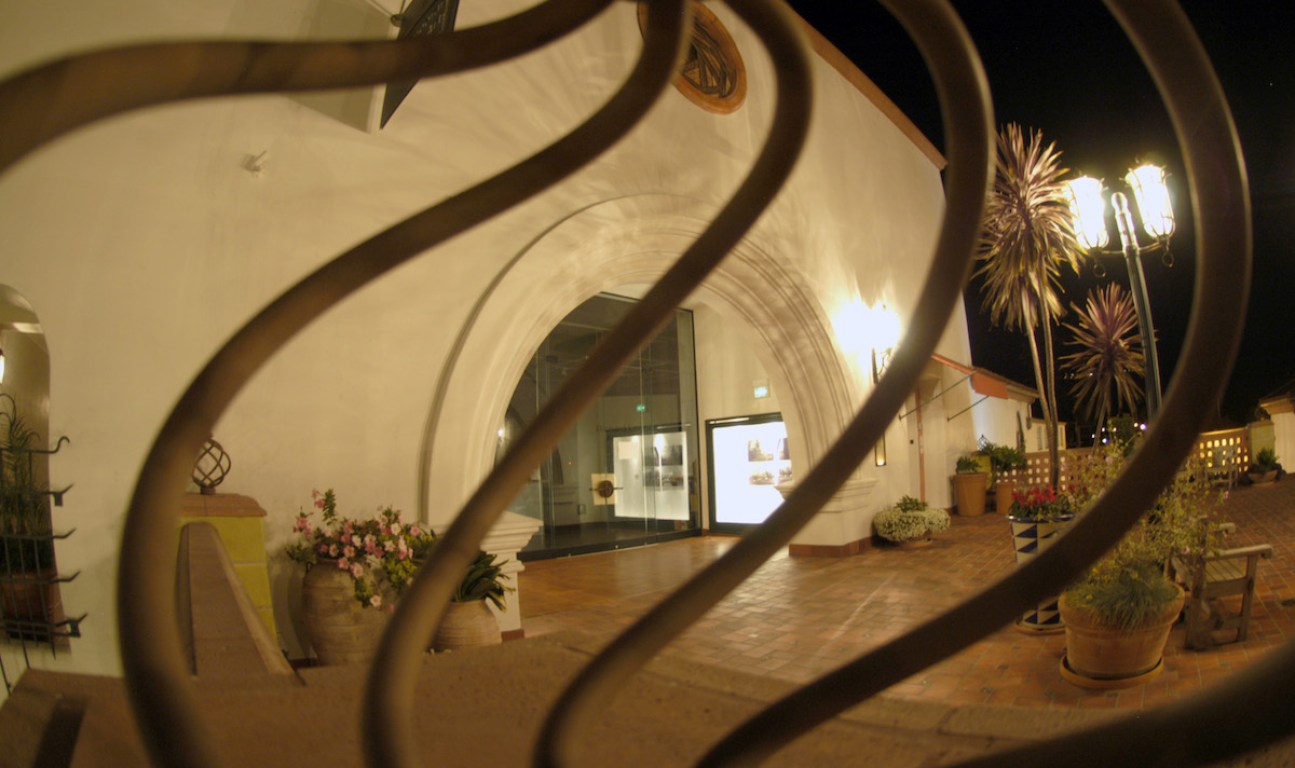
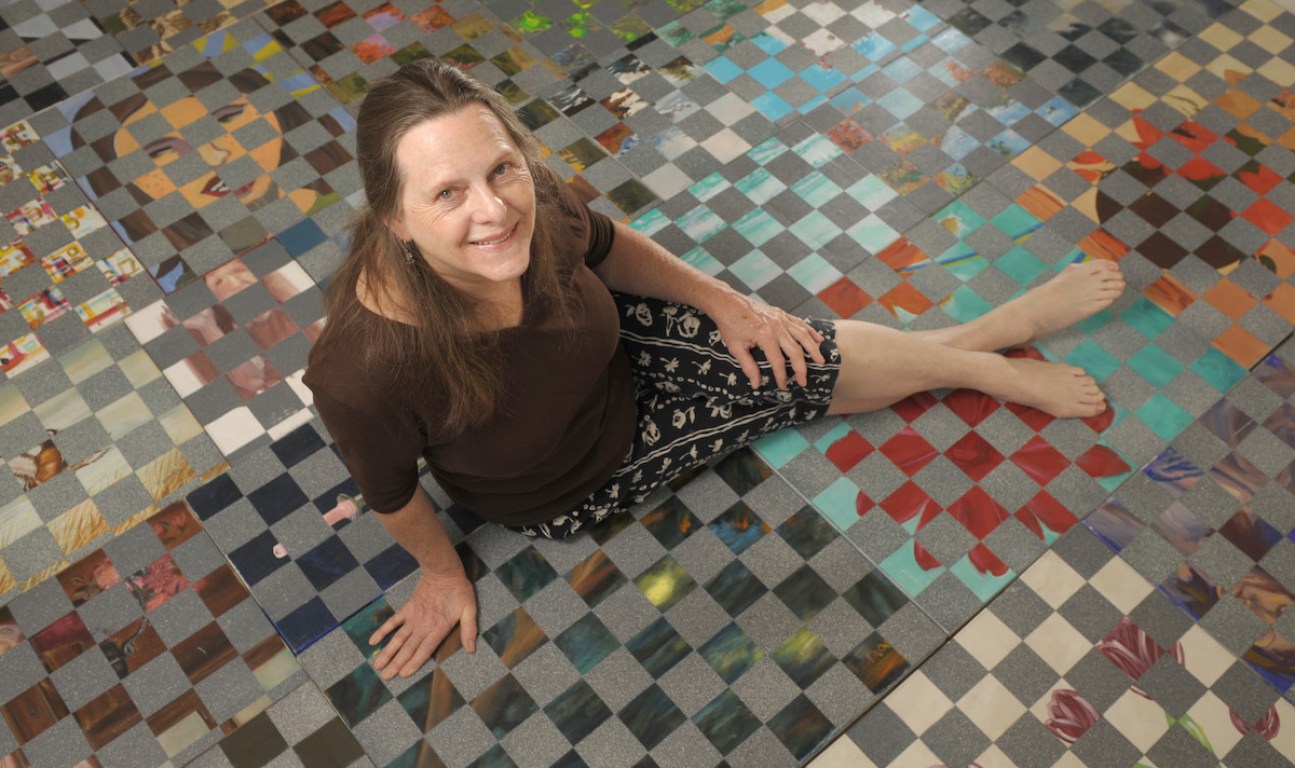
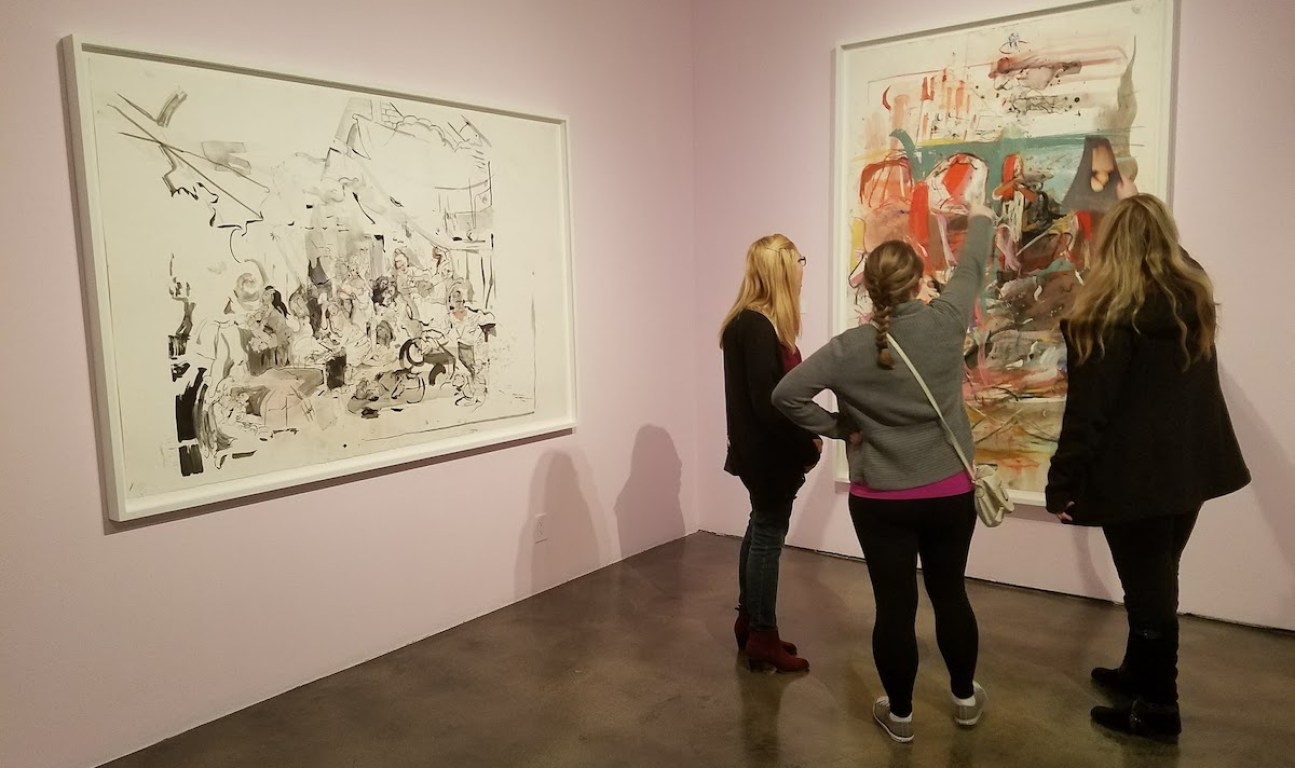
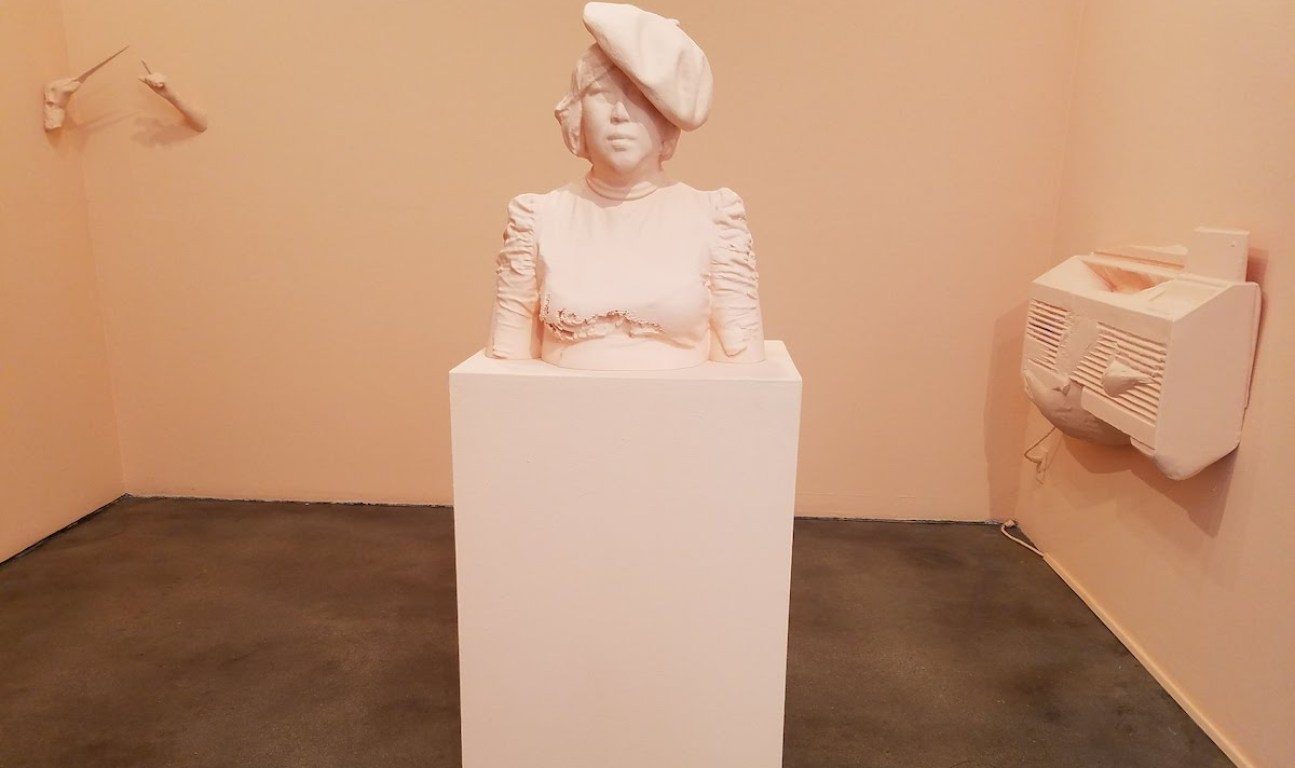
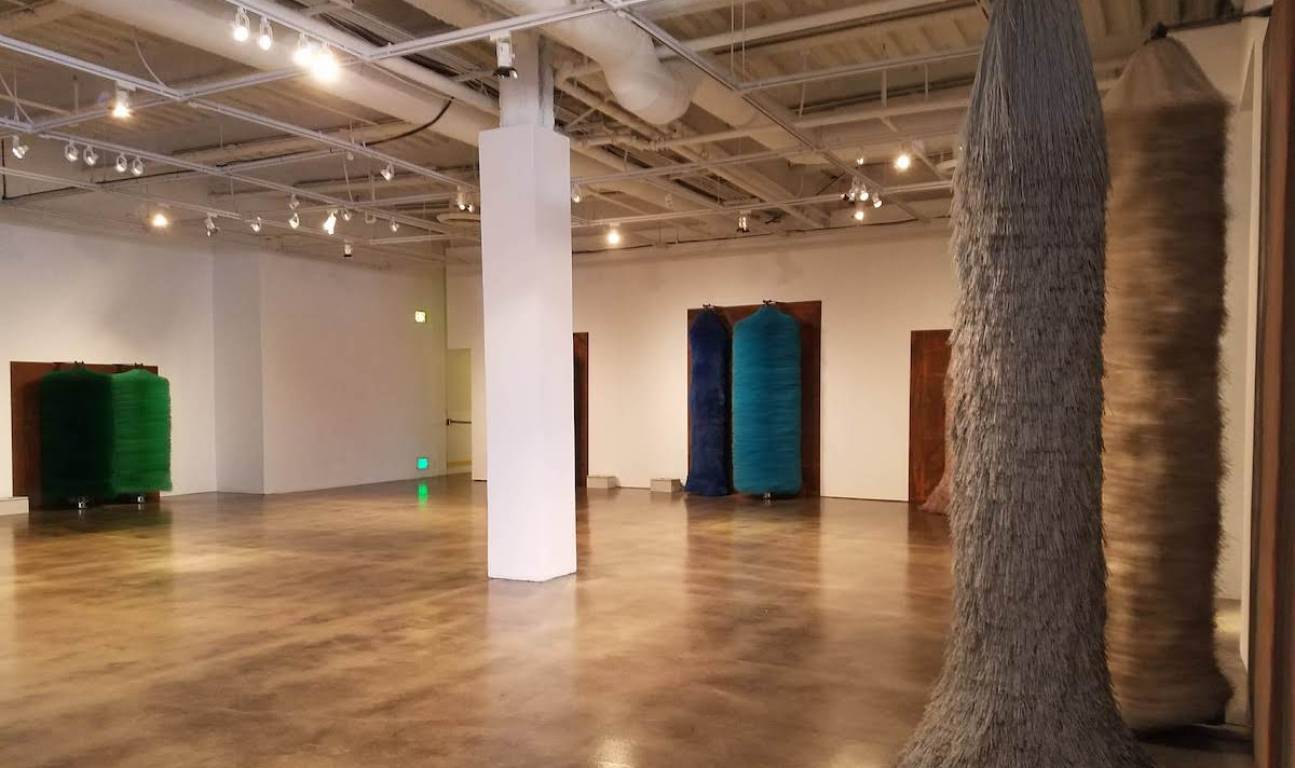
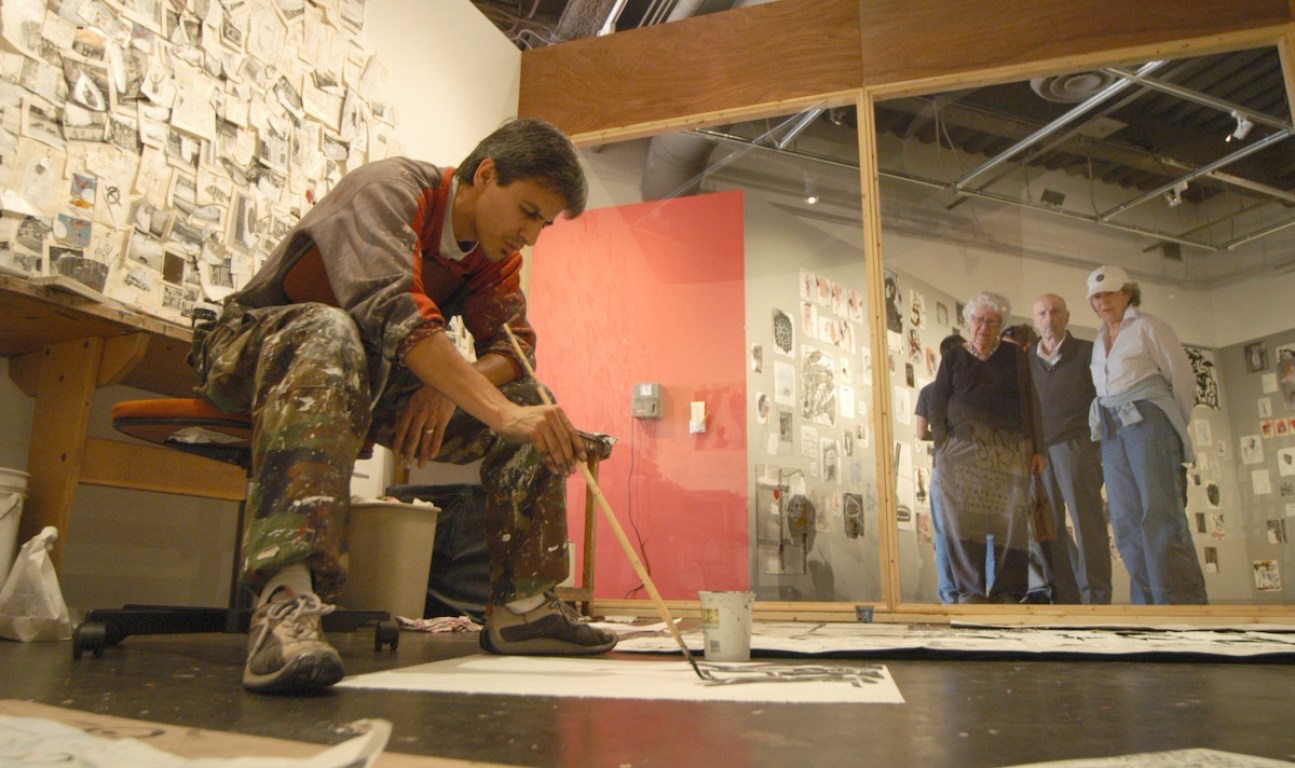
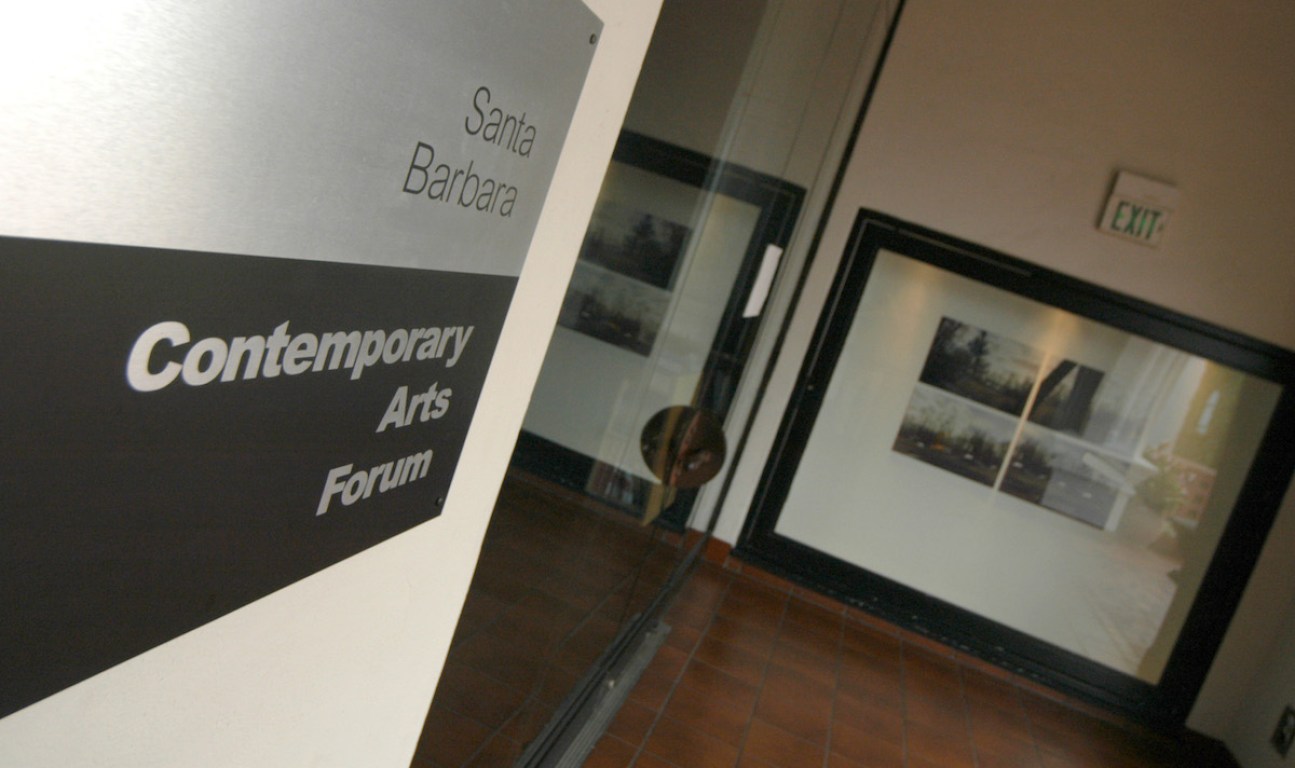
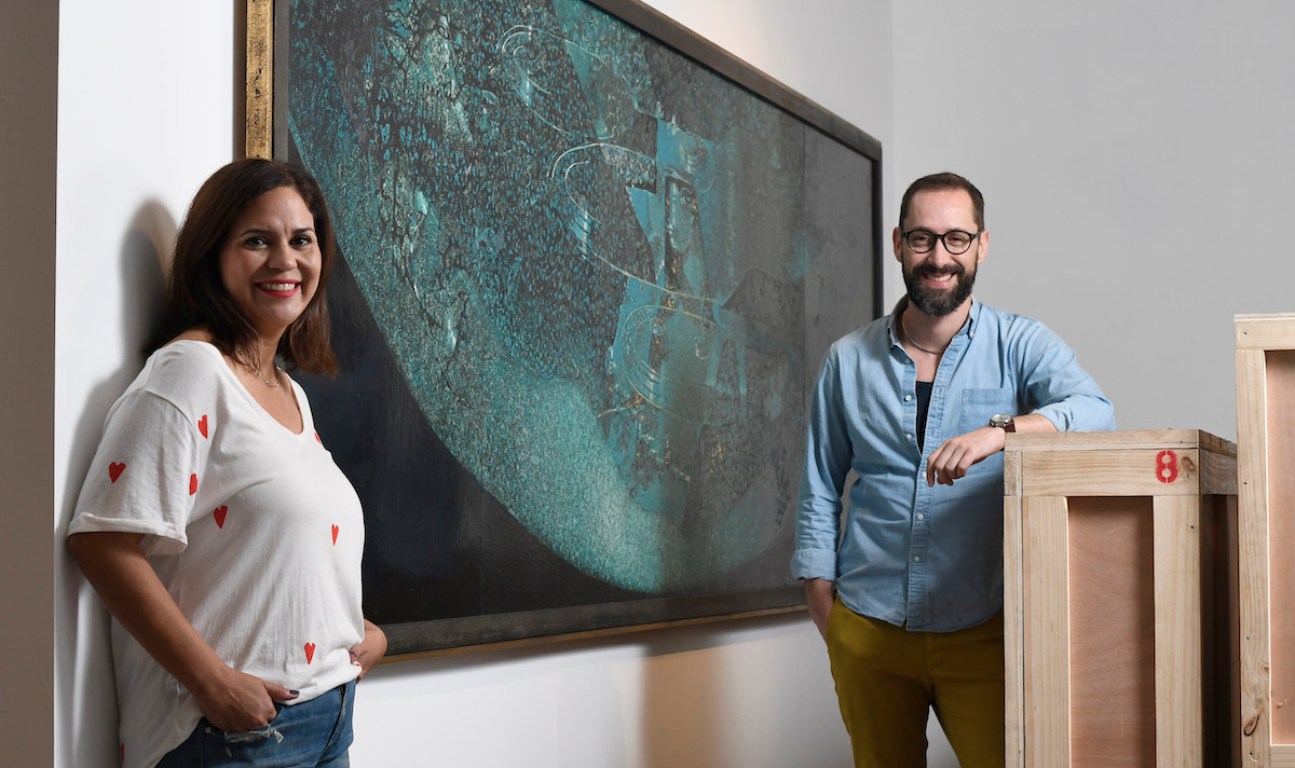
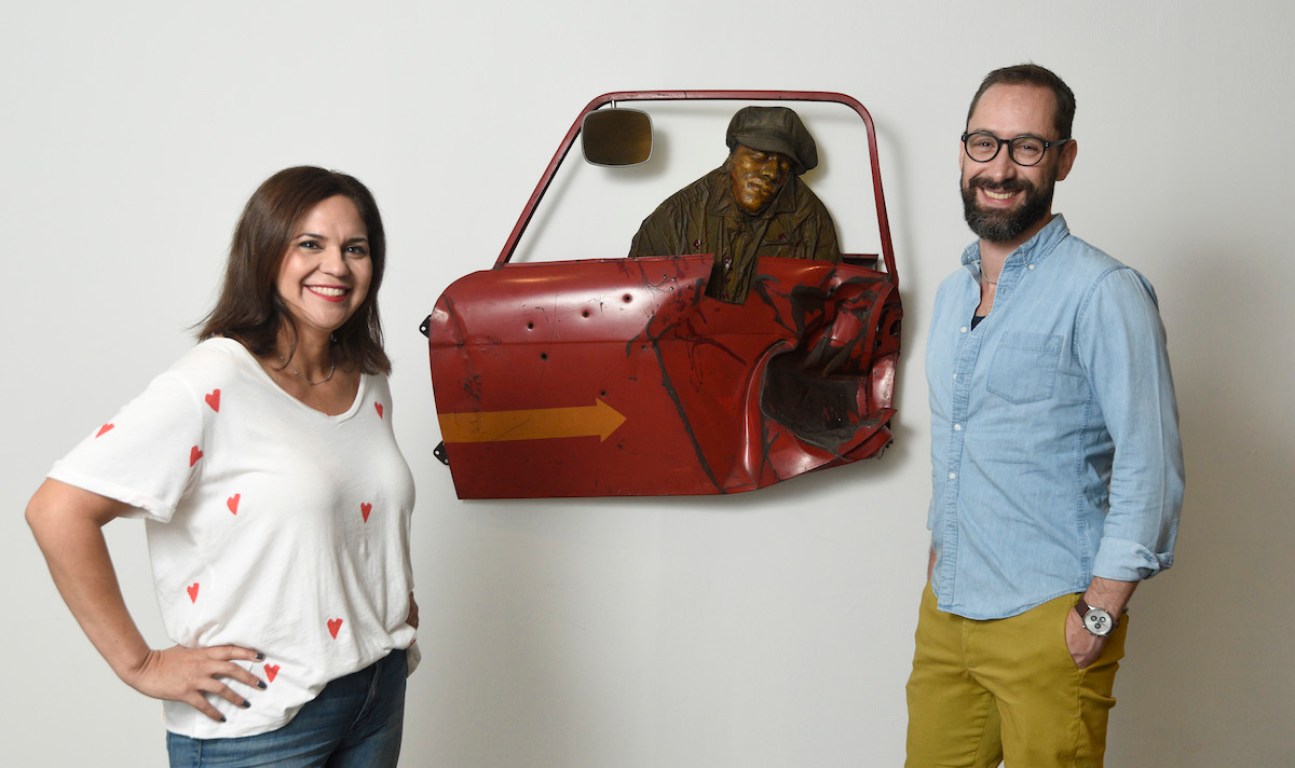
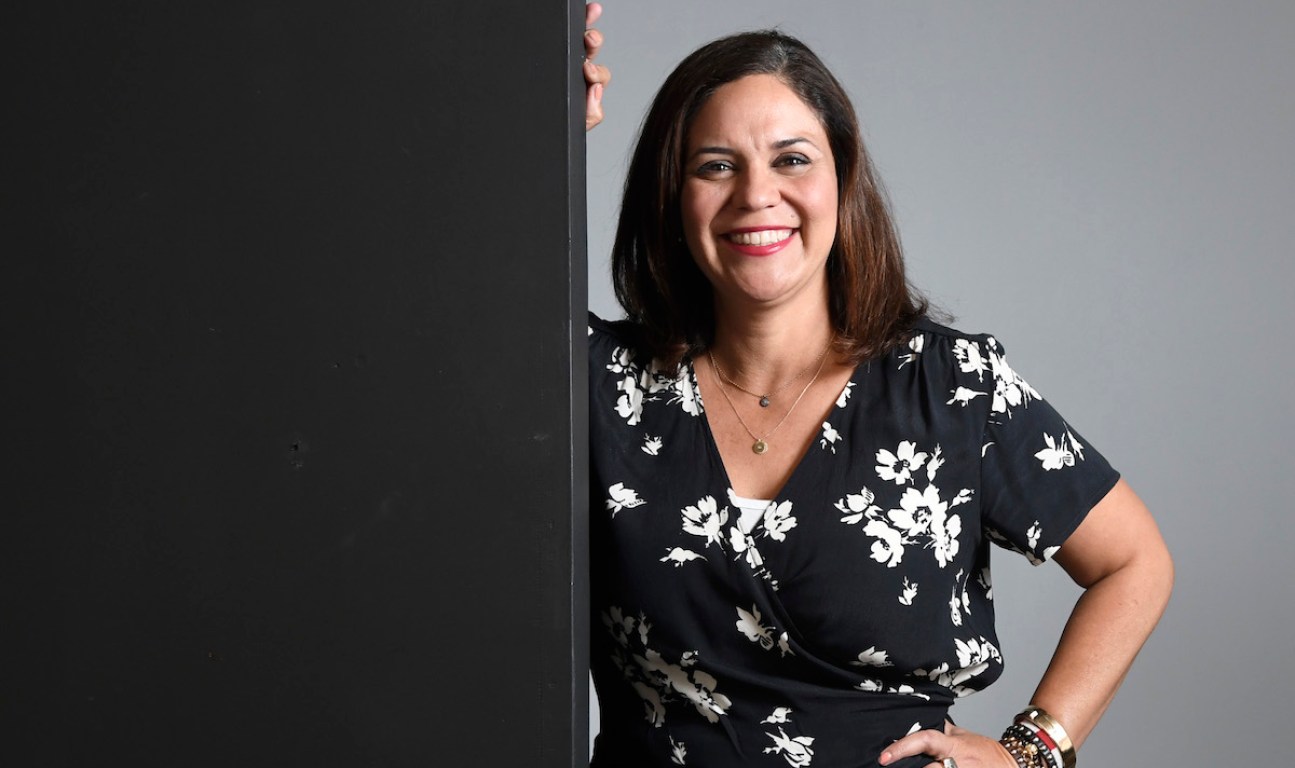
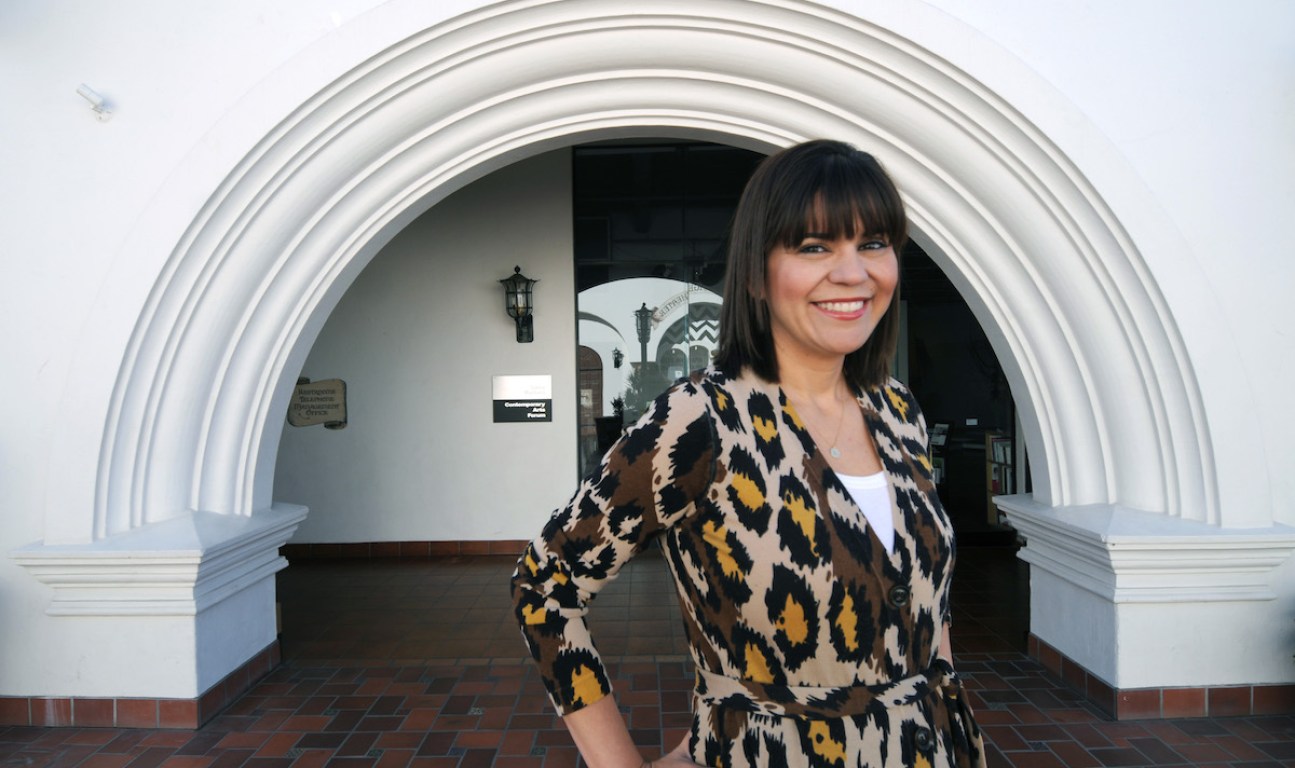
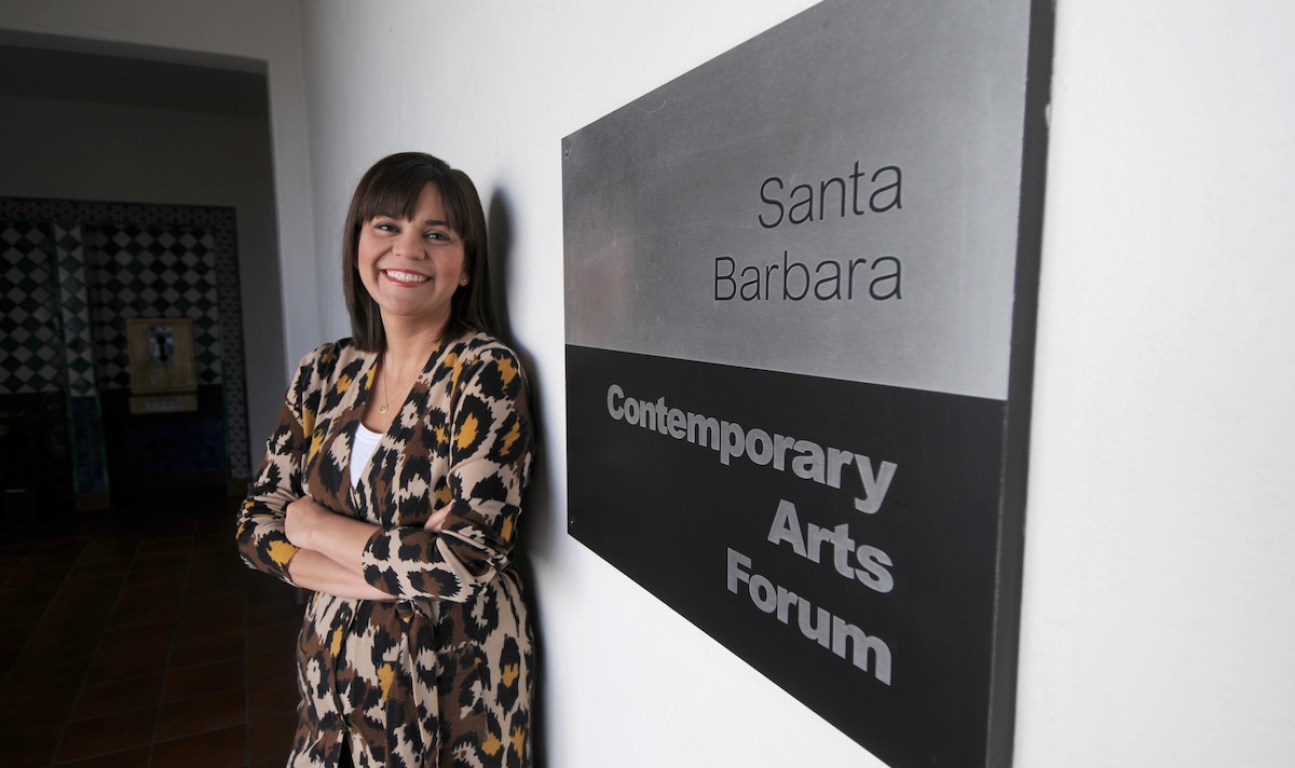
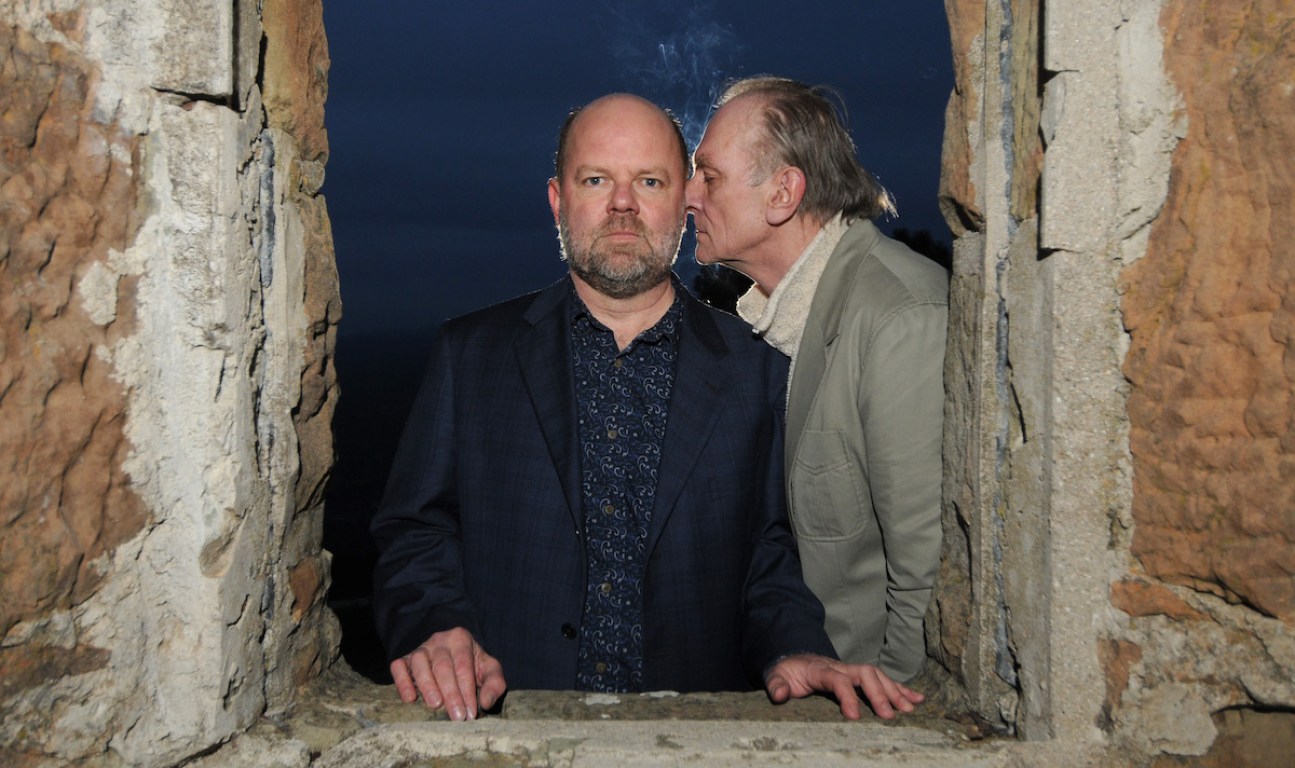
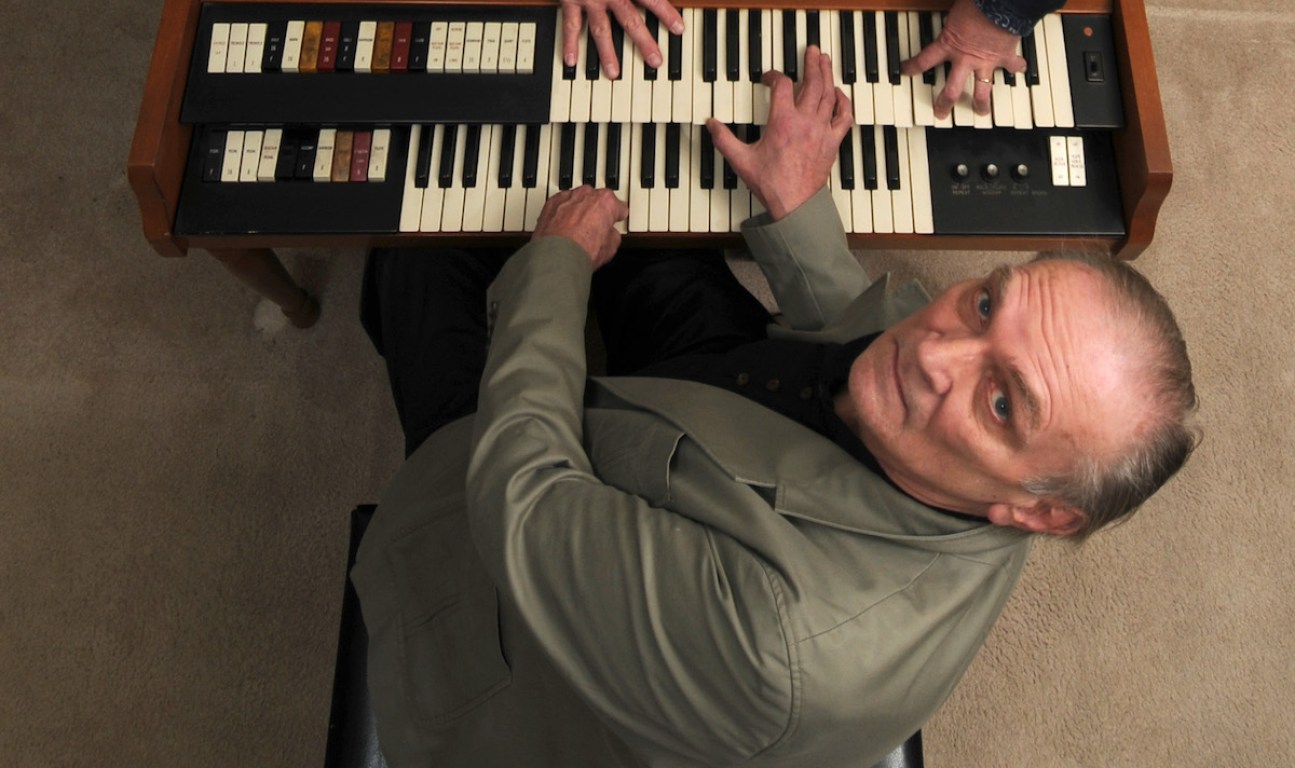
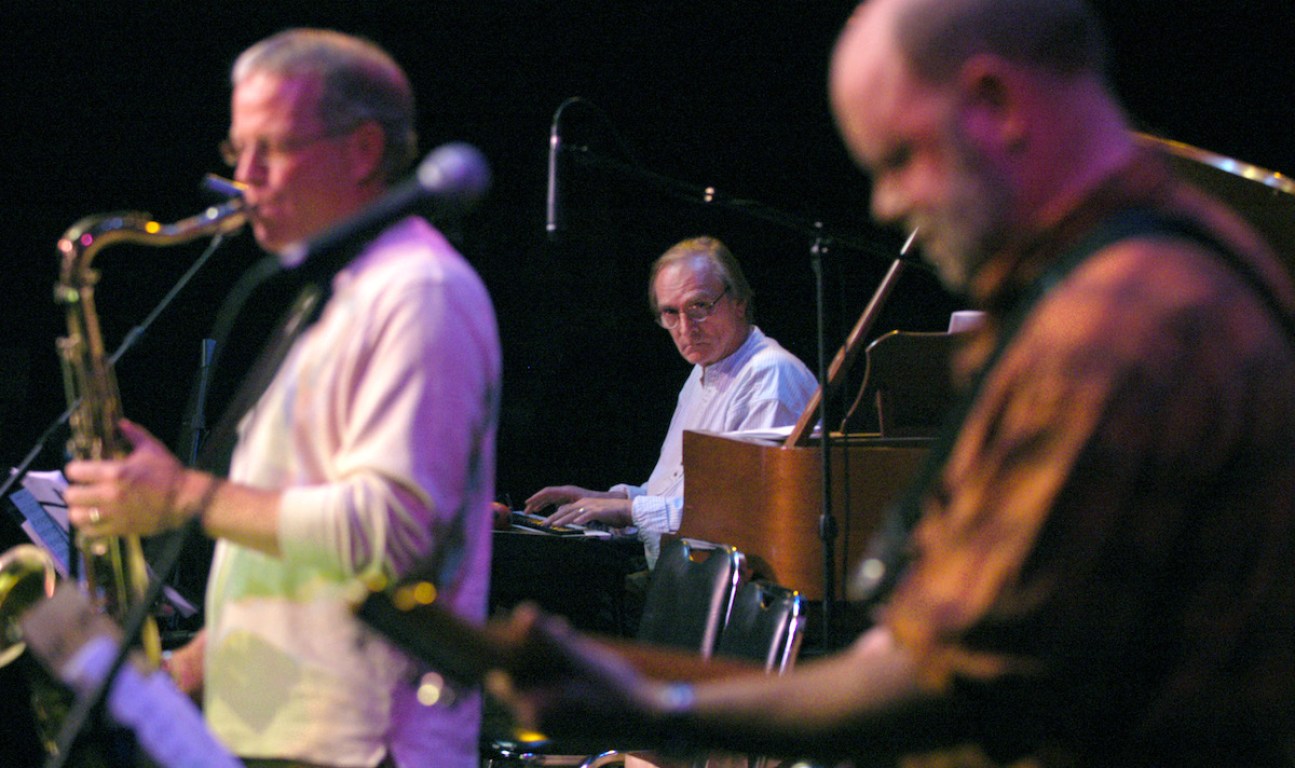
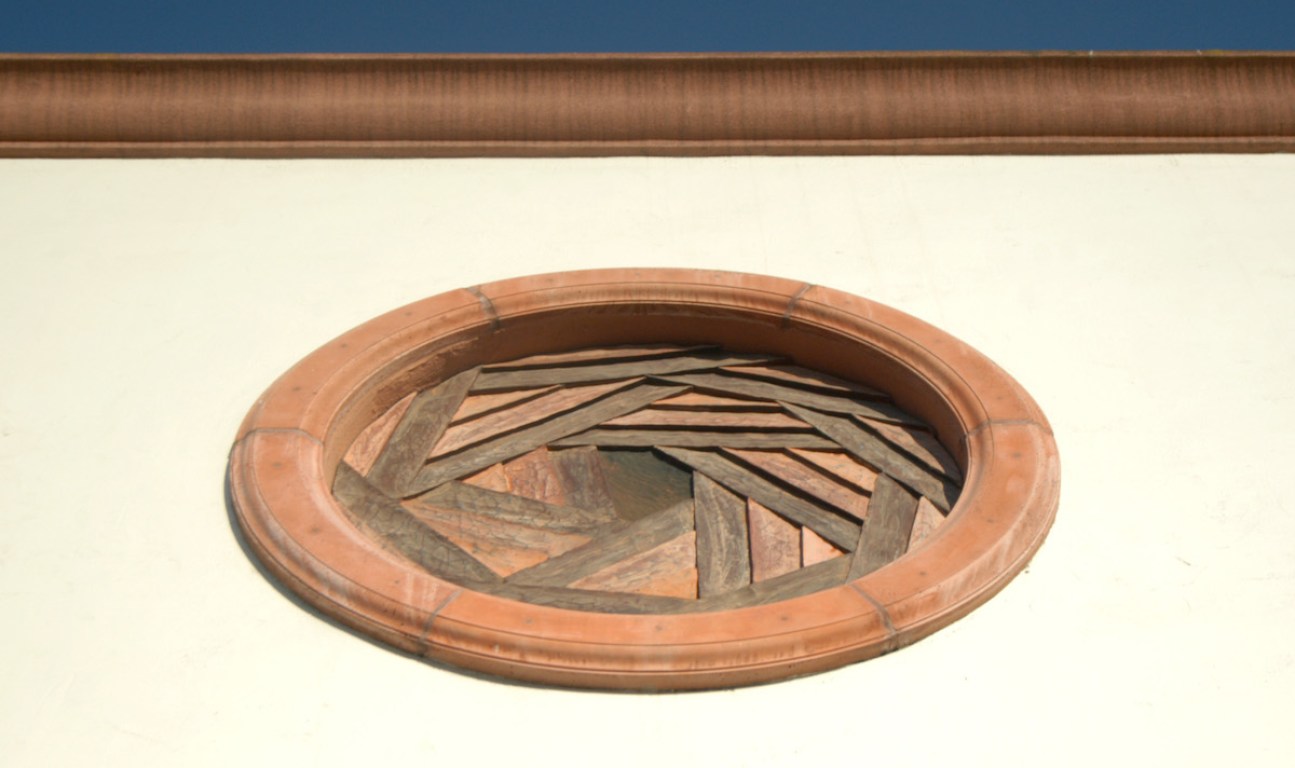
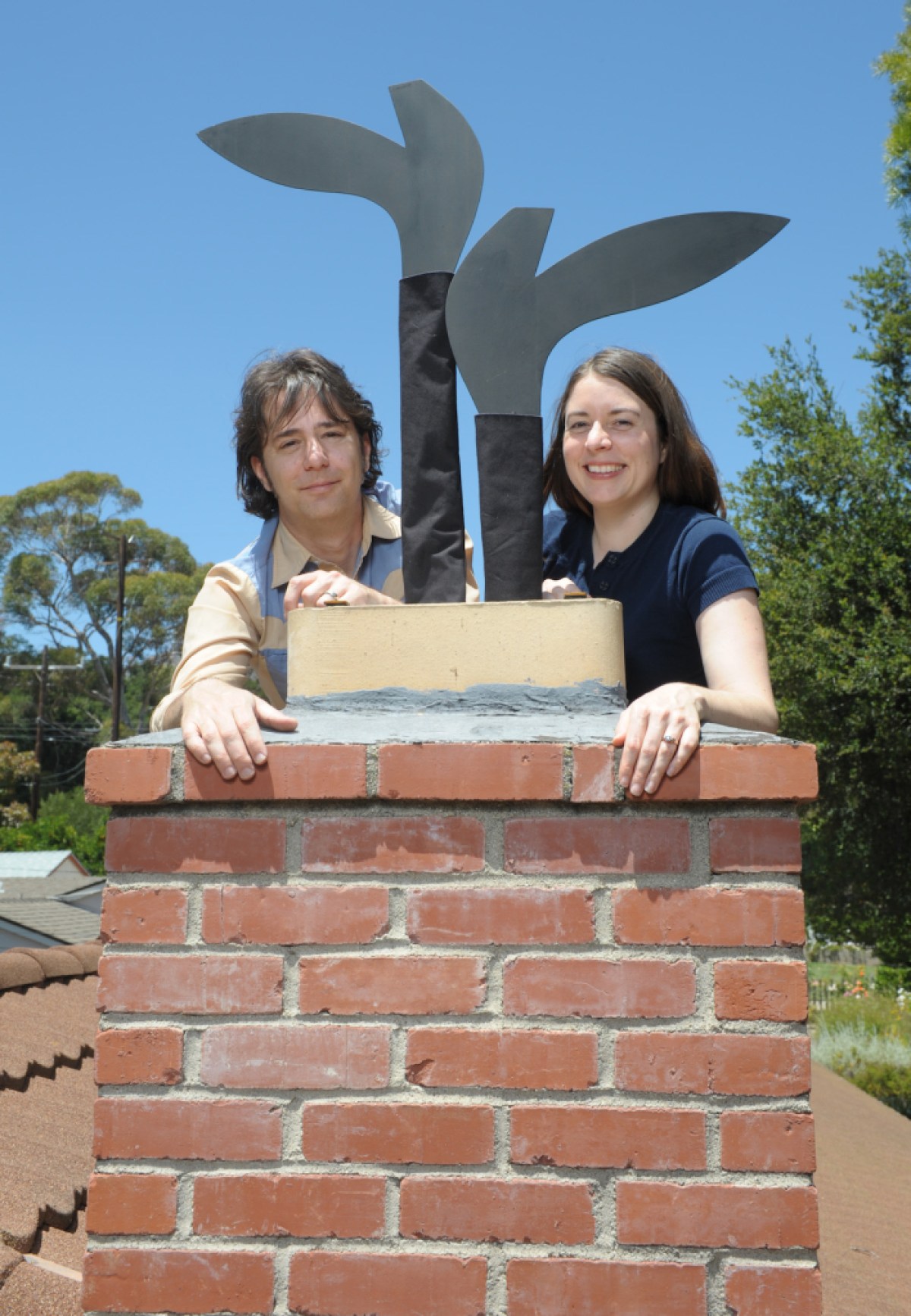
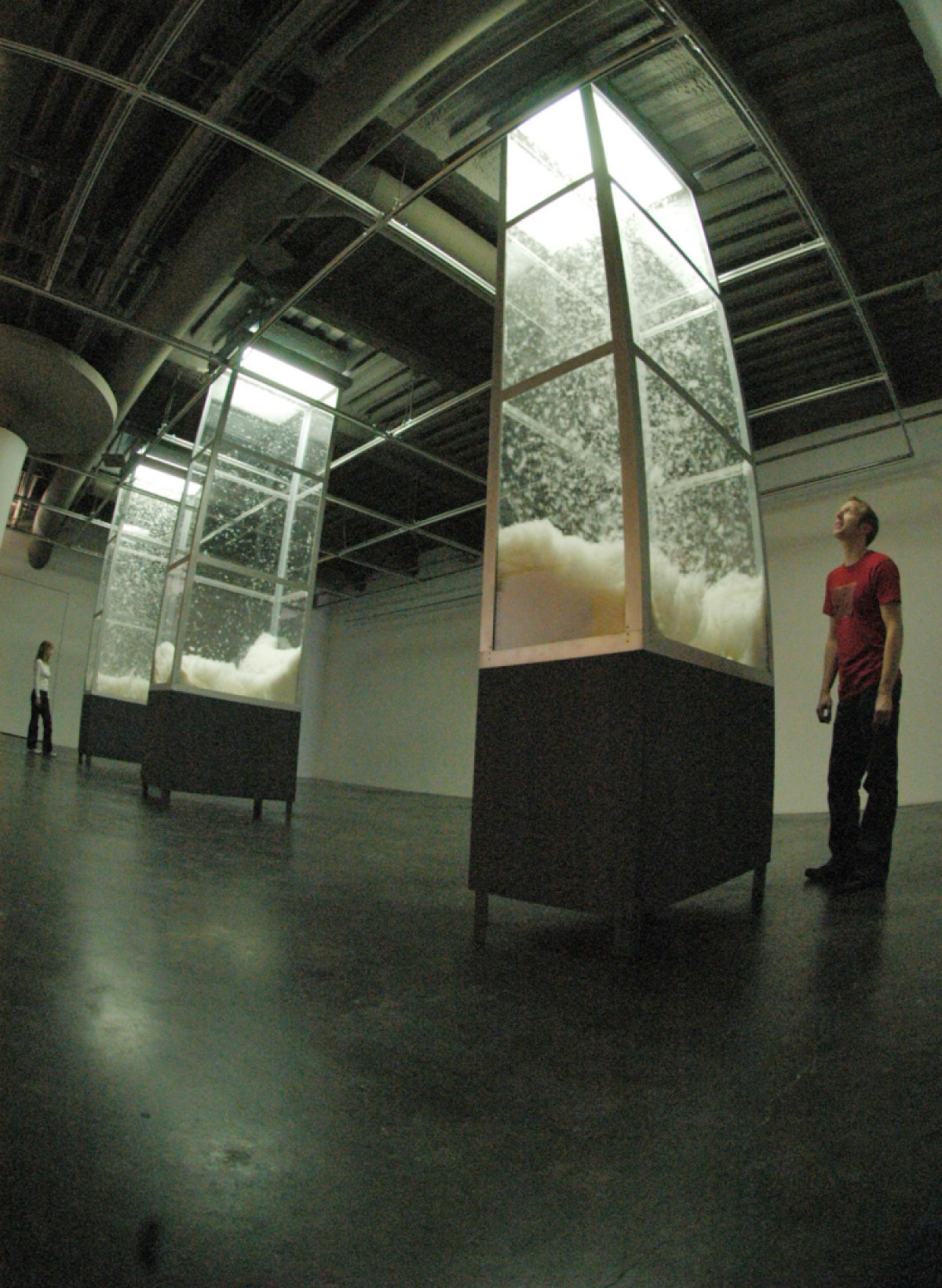
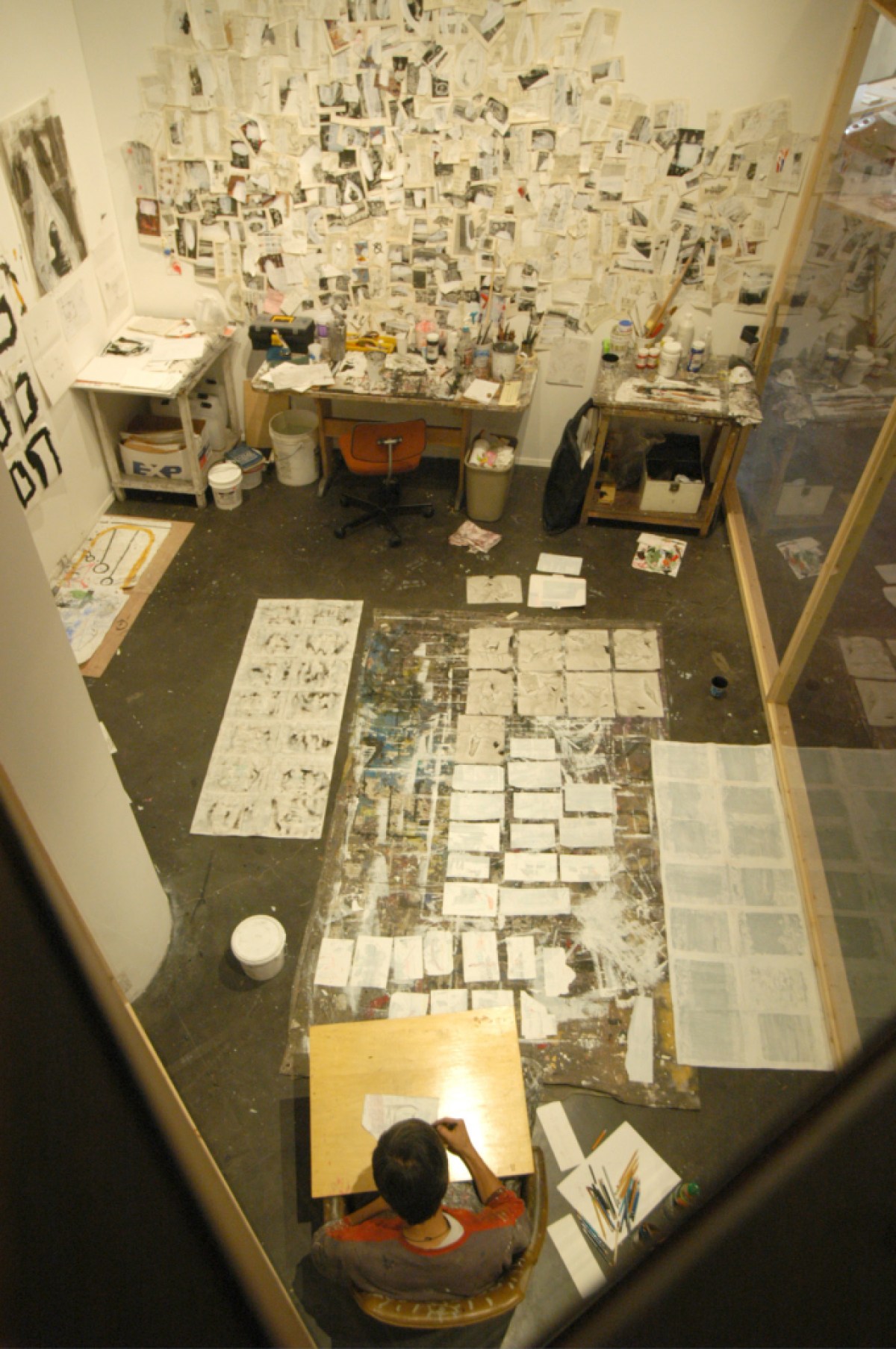
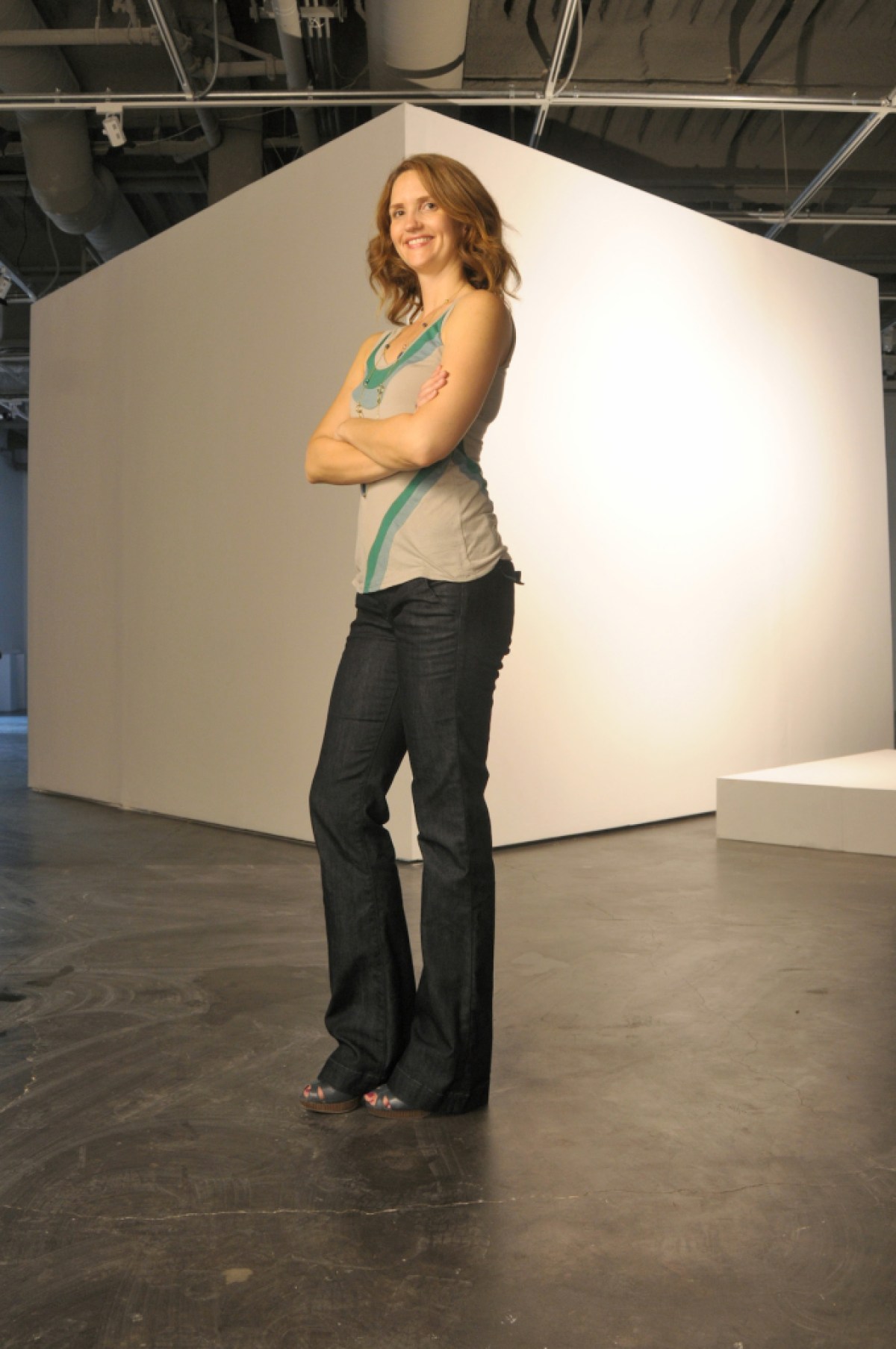
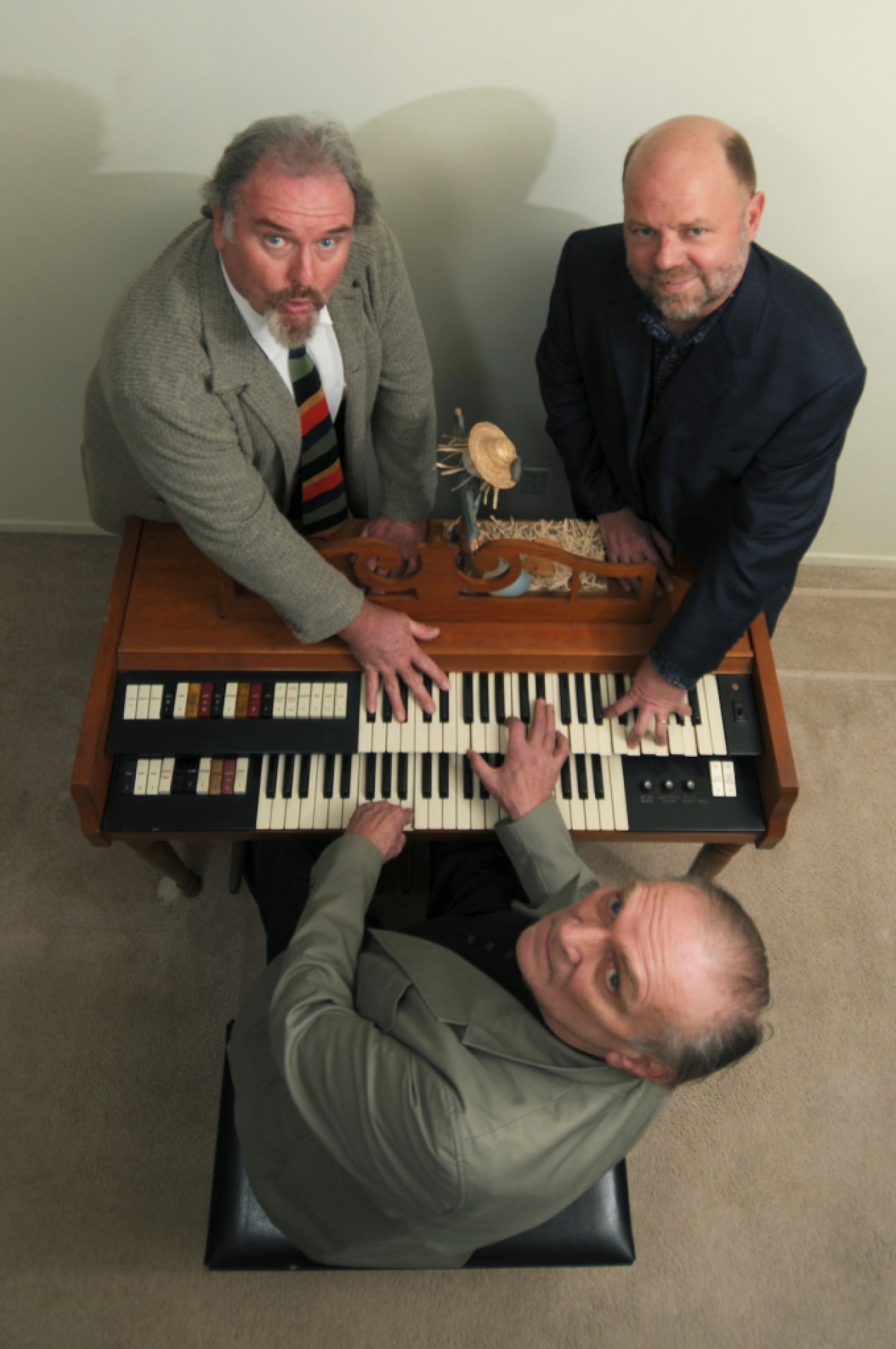
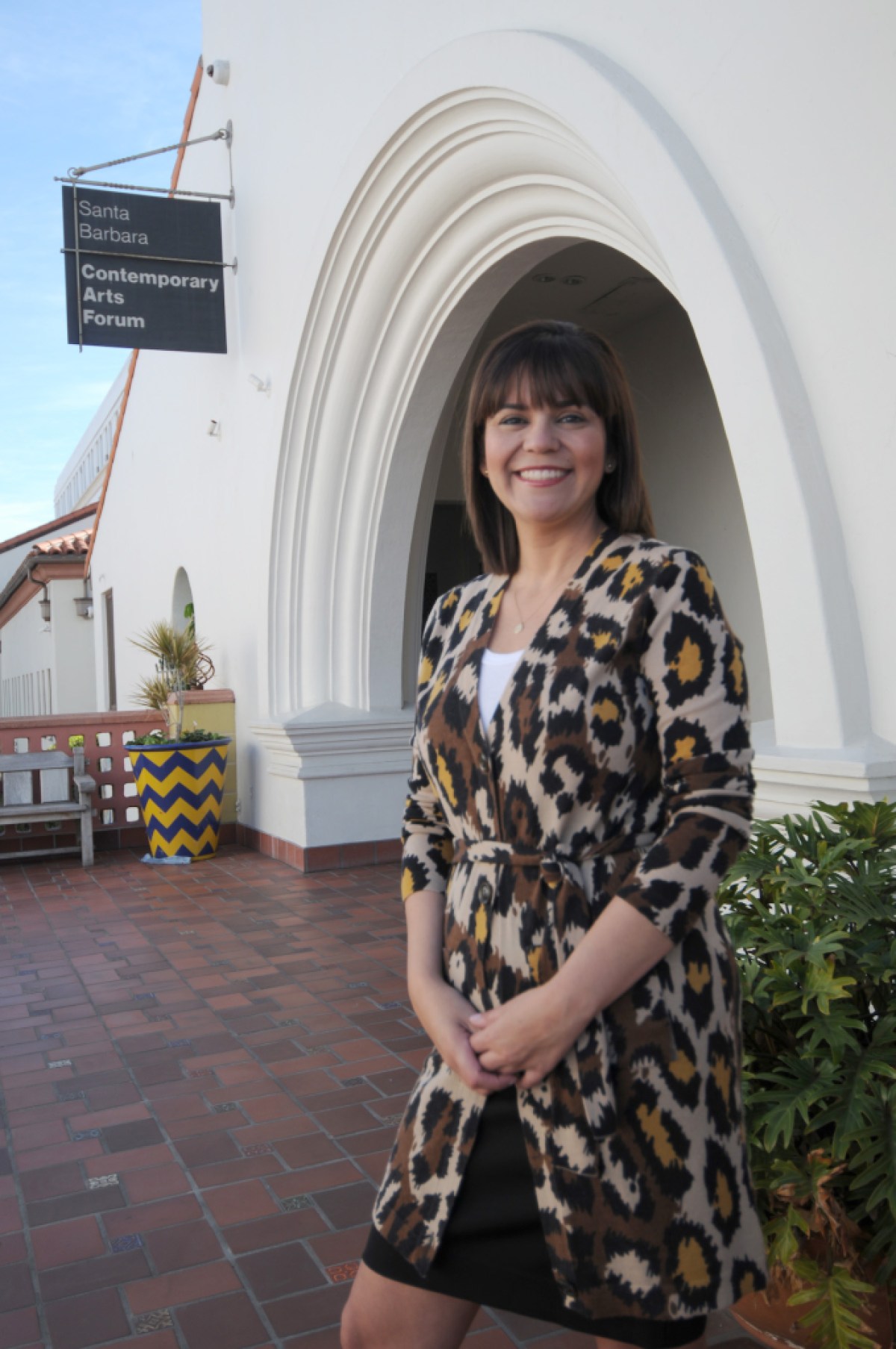
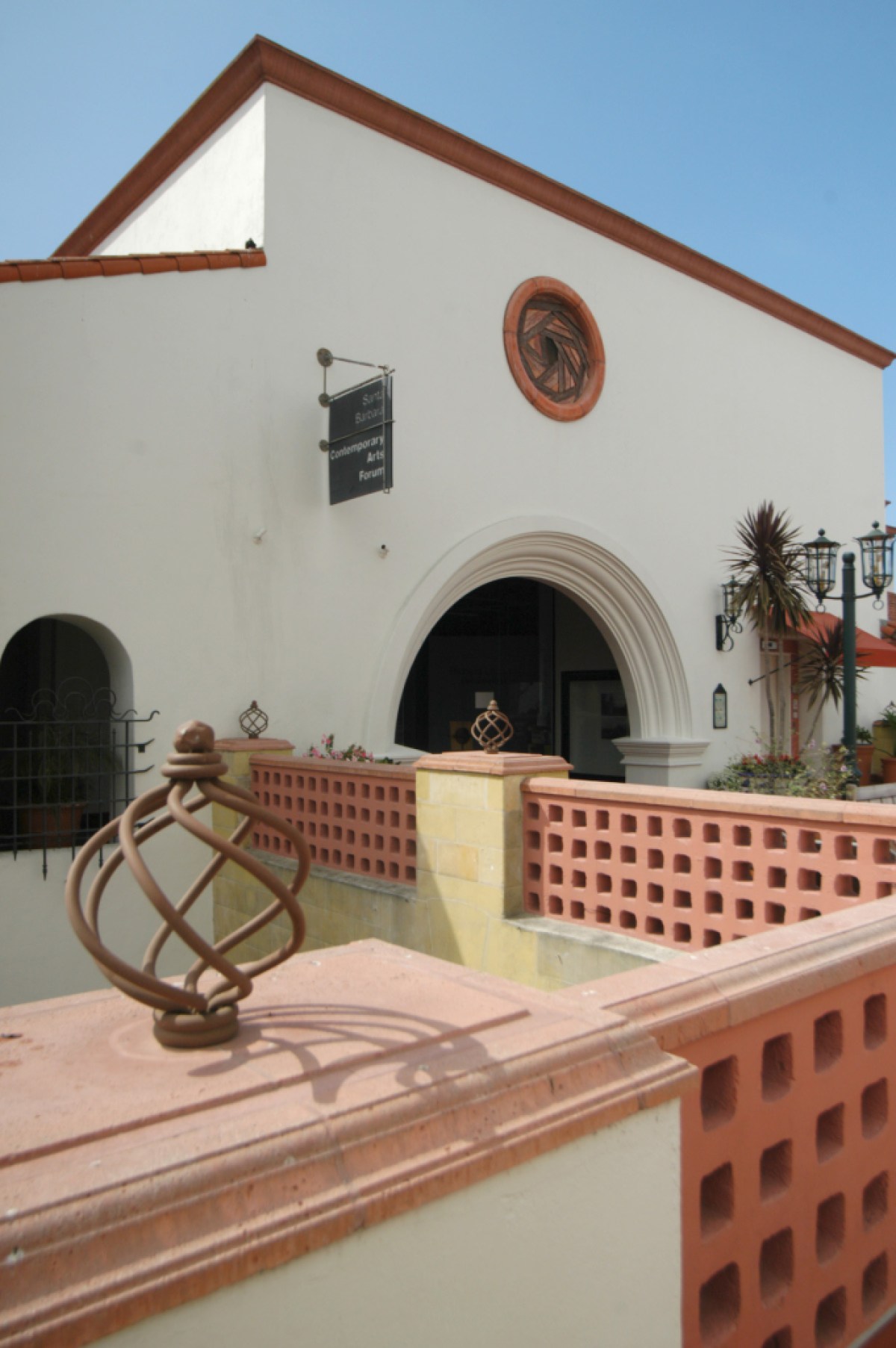
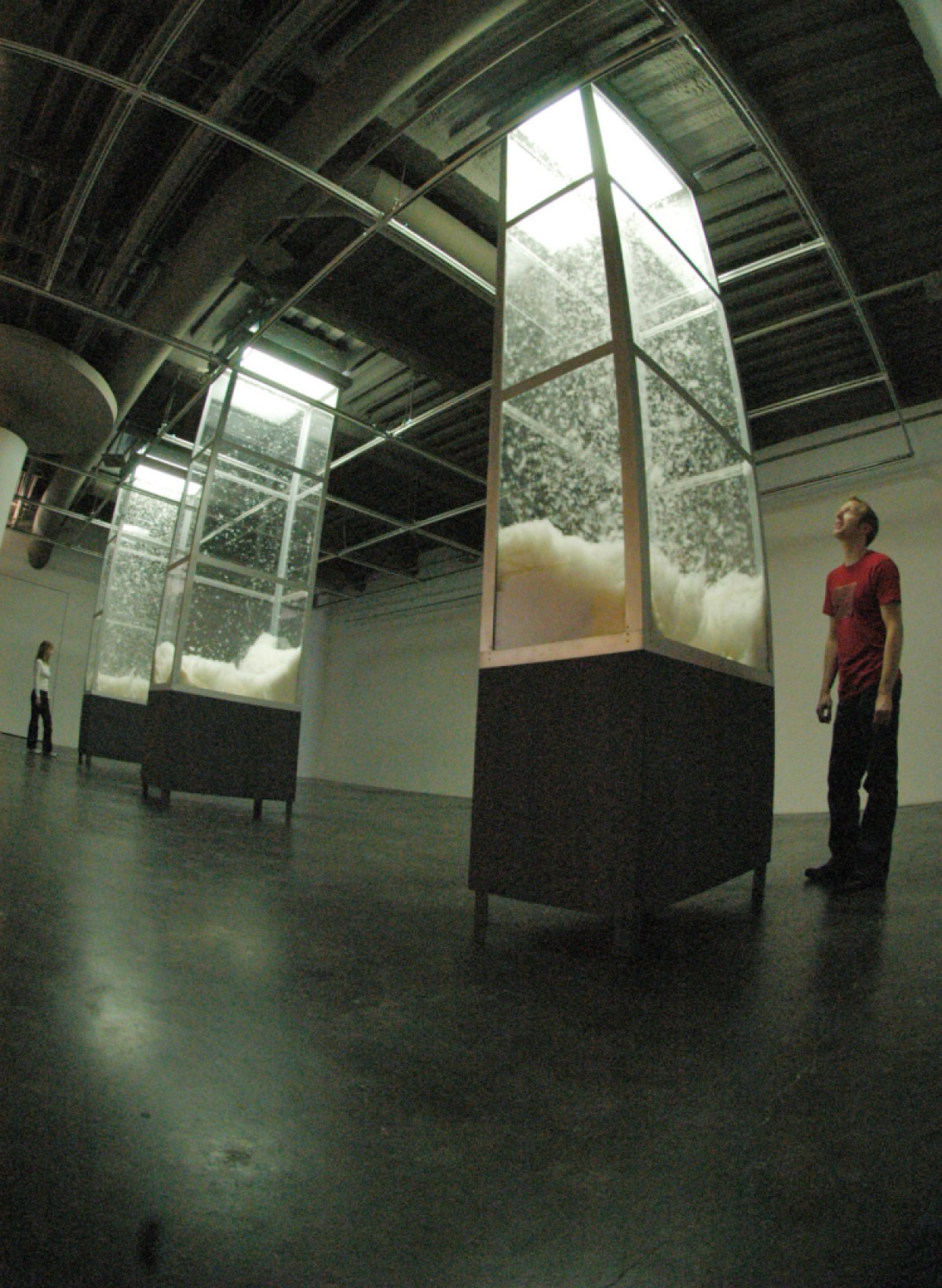
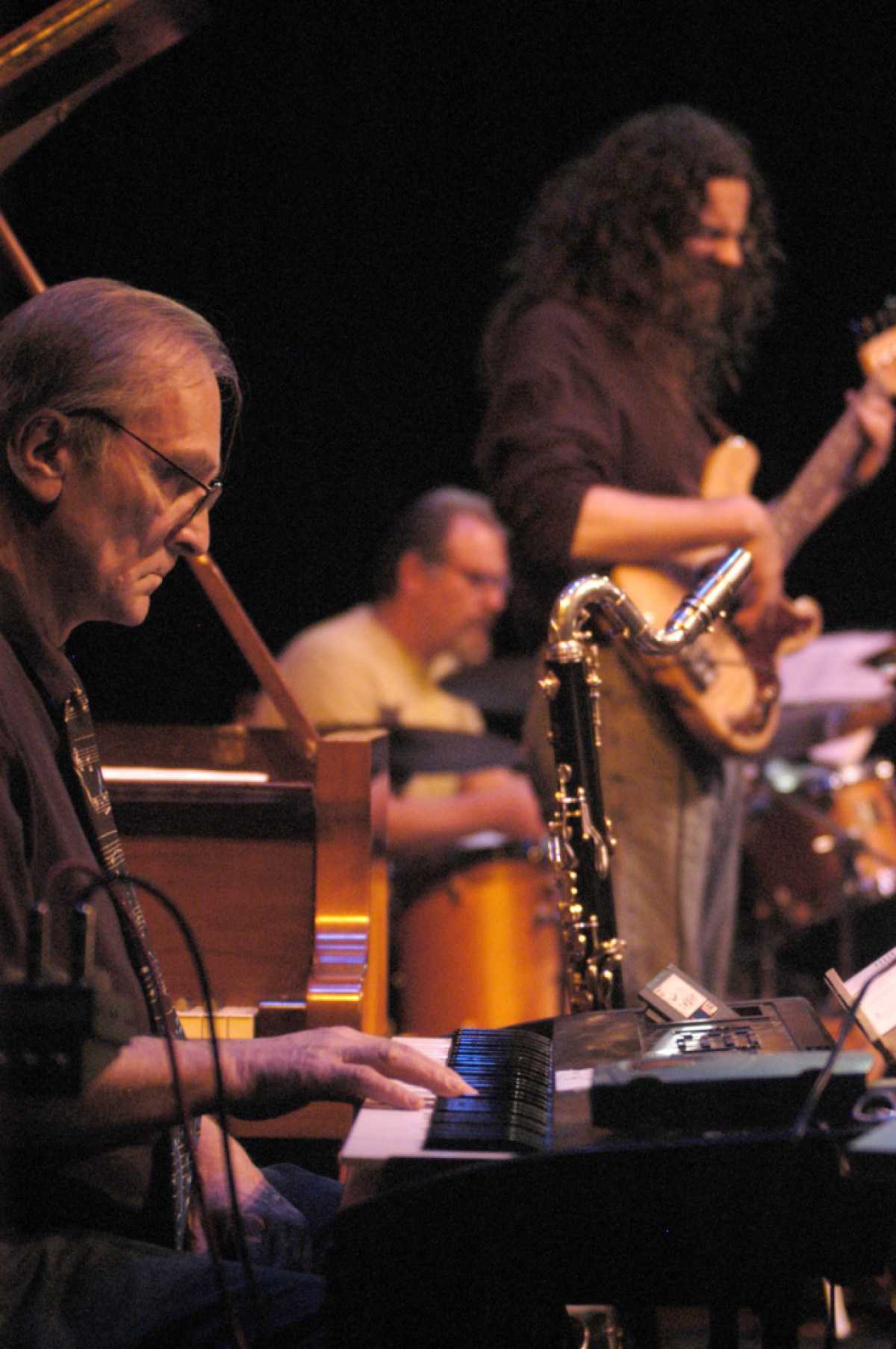
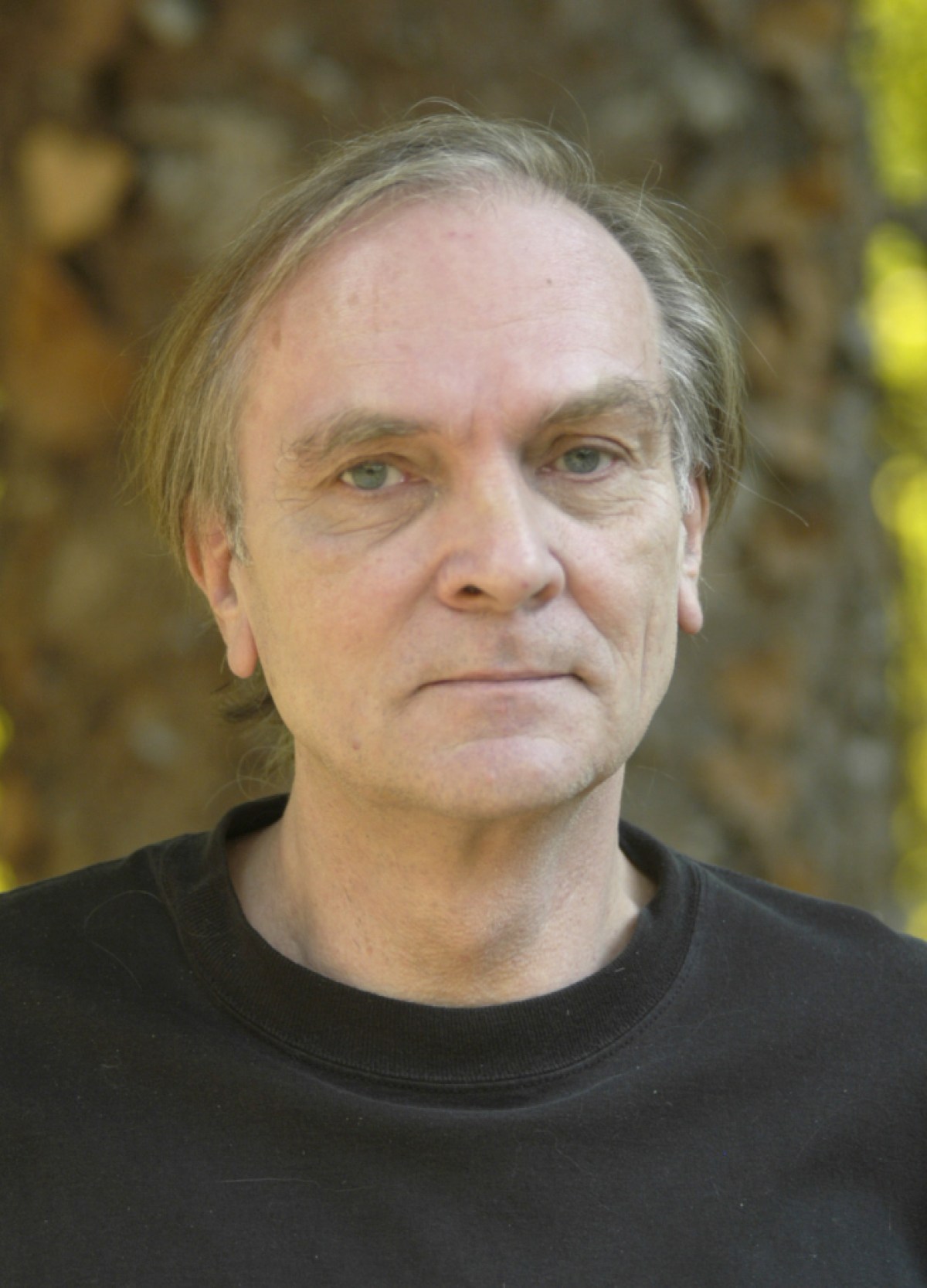




You must be logged in to post a comment.